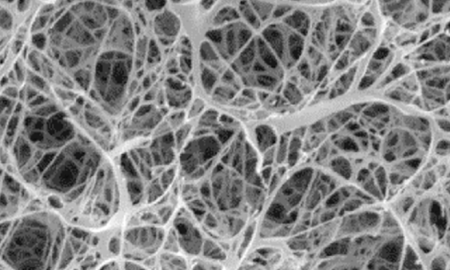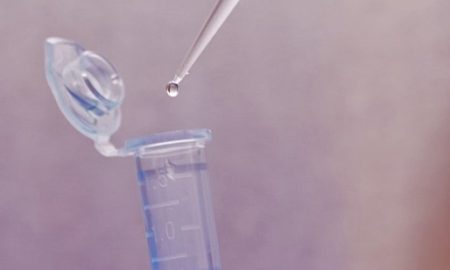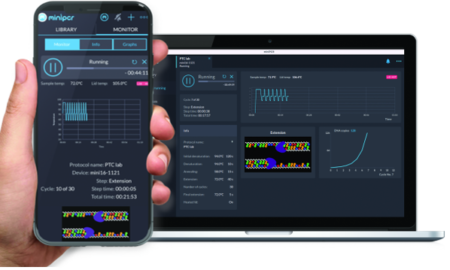How to order PCR primers
This blog post is the third in 4-part series on PCR primers. Elsewhere on our blog, you can find posts on understanding PCR primers, designing quality primers, and storing and using primers.
PCR primers are a central ingredient in any PCR and a key component to all of our PCR-based Learning Labs. When designing a new PCR experiment the first step is to design quality primers. But we often get the question: “where do the primers actually come from?”
In most simple terms, to get primers, you buy them. Companies like IDT, ThermoFisher, MilliporeSigma, and many others allow you to enter a DNA sequence into their website and will synthesize your custom sequence. You should note, however, that these companies often don’t sell to individuals or ship to residential addresses, so, if you are doing some home-brew biology, you may need to do some research to find a suitable primer source.
The primers are made using a process called solid-phase chemical synthesis, where nucleotides are added to the growing chain one by one. While this may sound complicated, there are machines that automate the majority of the process.
When you visit the website of a company that produces primers, be aware that there will be A LOT of options. Here are the key questions you’ll have to answer to get your order submitted:
What are you ordering? When ordering primers you are usually offered all sorts of options such as “labeled primers”, “DNA probes”, “oligos” and so on. For the vast majority of PCR protocols, you just want the simplest option: DNA oligonucleotides.

The prefix “oligo” comes from the Greek word meaning “few”, so oligonucleotide literally means “a few nucleotides”. Often the term “oligonucleotides”, or even just “oligos” is used interchangeably for “primers” by scientists. While oligonucleotides are most often used as PCR primers, there are other applications for short single stranded DNA molecules, hence the more general term.
What sequence do you want your oligos to have? To order primers, you will usually then simply type in the DNA sequence you would like to order. Be mindful that both sequences will need to be entered in the 5’ to 3’ direction, and you may be used to looking at your reverse primer as its reverse complement, or in a 3’ to 5’ orientation. See our recent post “How to design PCR primers” for more information on designing primer sequences.
How much do you want to order? Primers are usually sold by the nanomole. Unless you are planning on doing a whole bunch of PCR, you will want to order the smallest amount of primer they offer. Typically, the smallest amount of primer you can order (25 nanomole scale from IDT, for example) is enough for somewhere between 500-2000 reactions depending on the concentration of primer you use and the size of your reaction.

As there is some inherent variability in any chemical reaction, companies typically guarantee that the amount of oligos you receive will be within a certain range, rather than being promised an exact amount. Exactly how much oligonucleotide they were able to produce will be reported to you when you receive your primers in the mail.
Before you hit the “order” button it’s important to remember that primers are surprisingly inexpensive, usually less than $10 per primer. In fact, shipping charges are often equal to or more expensive than the primers themselves, so it pays to order your primers in bunches rather than a couple at a time.
Contributed by miniPCR bio curriculum director Bruce Bryan










